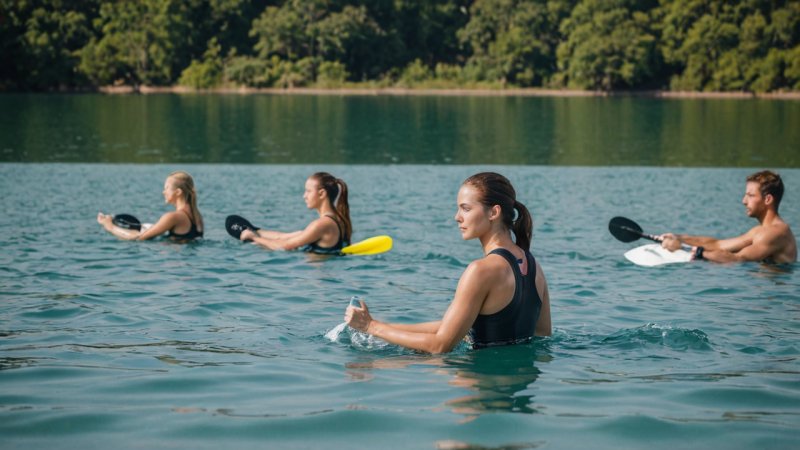What is the role of rest in water sports training?
Rest is crucial in water sports training as it allows the body to recover from the physical exertion of training sessions. Inadequate rest can lead to fatigue, decreased performance, and increased risk of injury.
How does recovery impact athletic performance?
Recovery significantly impacts athletic performance by enabling muscles to repair and rebuild. Proper recovery can enhance strength, endurance, and overall athletic ability, allowing athletes to perform at their best during competitions.
What are some effective recovery techniques for water sports athletes?
- Active Recovery: Low-intensity activities such as swimming at a gentle pace can promote blood flow and aid recovery.
- Hydration: Staying hydrated helps to replenish fluids lost during training and assists in muscle recovery.
- Nutrition: Consuming a balanced diet rich in proteins, carbohydrates, and healthy fats supports muscle repair and energy replenishment.
- Stretching and Foam Rolling: These practices can alleviate muscle tightness and improve flexibility.
- Sleep: Quality sleep is essential for overall recovery, helping the body to heal and rejuvenate.
How much rest do water sports athletes need?
The amount of rest required varies depending on the intensity of training, the athlete's age, and experience level. Generally, athletes should aim for at least one day of complete rest each week, along with lighter training sessions to allow for recovery.
What are the signs of overtraining in water sports?
- Increased Fatigue: Persistent tiredness even after rest.
- Decreased Performance: A noticeable drop in training performance or competition results.
- Sleep Disturbances: Trouble falling asleep or staying asleep.
- Increased Injury Risk: More frequent injuries or soreness.
- Mood Changes: Increased irritability, anxiety, or depression.
Can mental recovery be just as important as physical recovery?
Yes, mental recovery is equally important. The mental demands of training and competition can lead to burnout or anxiety. Incorporating relaxation techniques, mindfulness, or mental visualization can help maintain a healthy mindset.
How can athletes incorporate rest into their training schedule?
Athletes can incorporate rest by planning a training schedule that includes designated rest days, alternating between high-intensity and low-intensity workouts, and actively listening to their bodies to identify when they need to take a break.
What is the impact of inadequate rest on injury rates?
Inadequate rest can significantly increase injury rates. Overworking muscles and joints without sufficient recovery can lead to strains, sprains, and chronic injuries, which can sideline athletes for extended periods.
What are some common misconceptions about rest and recovery?
- Rest is for the weak: Many athletes believe that resting is a sign of weakness; however, it is essential for optimal performance.
- More training equals better results: Quality training with adequate rest is more effective than excessive training without recovery.
- All recovery techniques are the same: Different athletes may require different recovery strategies based on their sport, training intensity, and personal needs.
In conclusion, rest and recovery are vital components of training for water sports athletes. By understanding the importance of recovery techniques, recognizing signs of overtraining, and incorporating adequate rest into their schedules, athletes can significantly improve their performance while minimizing the risk of injury.






